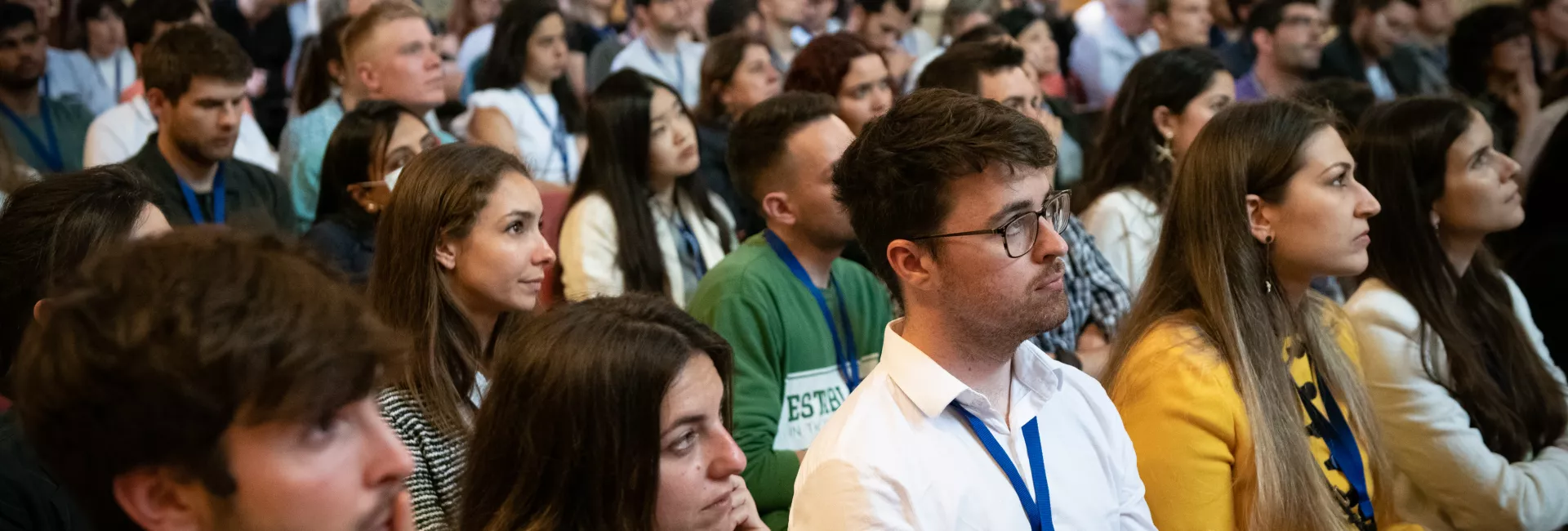Speaker: Maria Elena Torres-Padilla, PhD - Director - Institute of Epigenetics and Stem Cells (IES) - Helmholtz Zentrum München - Germany
Presentation
Organizers: IRB Barcelona
Date: Thursday 21th March, 12.00h
Place: Felix Serratosa Hall, Parc Cientific de Barcelona
Host: Salvador Aznar-Benitah, PhD - IRB Barcelona
Abstract
Transposable elements are the largest individual constituent of mammalian genomes. These elements are highly diverse, a consequence of the multiplicity of genomic habitats that they inhabit and of the complex evolutionary histories that they have developed therein. In mammals, the terminally differentiated sperm and oocyte fuse to create a totipotent zygote upon fertilisation. The mechanisms underlying the epigenetic reprogramming towards totipotency that follows fertilisation are not fully understood, and the molecular features of totipotent cells remain scarce. Embryonic cells remain totipotent only for a restricted time window. During this time, embryonic cells are characterised by an atypical chromatin structure and reactivation of specific families of retrotransposons. We will discuss the consequences that the surge of transposable element transcription during mammalian preimplantation development have towards the establishment of totipotency and pluripotency, and towards the activation of the embryonic genome.
Plenary Seminar

